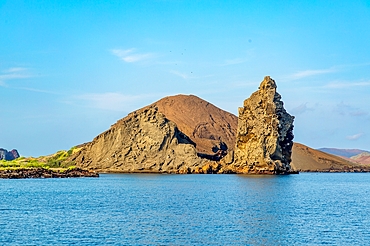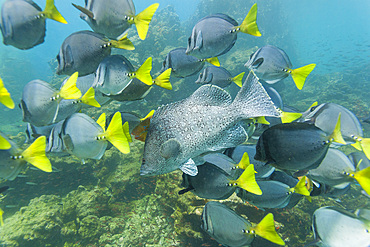Results
1 2 3 Next »
237 results found
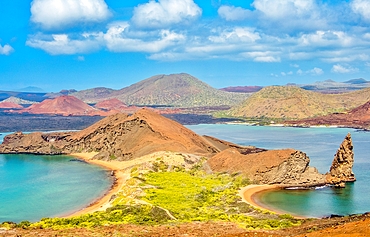
Bartolome Island with Pinnacle Rock, a volcanic plug, to the right, the location featured in the 2003 film Master and Commander, Galapagos islands, UNESCO World Heritage Site, Ecuador, South America
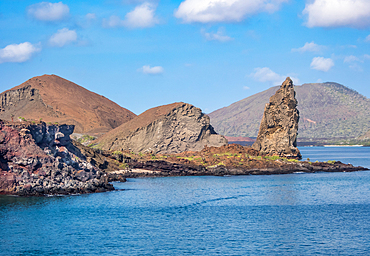
Pinnacle Rock, a volcanic plug on Bartolome Island, one of the most spectacular features of the Galapagos islands, UNESCO World Heritage Site, Ecuador, South America
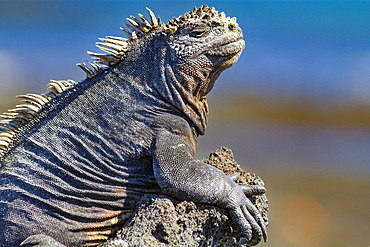
The endemic Galapagos marine iguana (Amblyrhynchus cristatus) in the Galapagos Island Archipelago, UNESCO World Heritage Site, Ecuador, South America
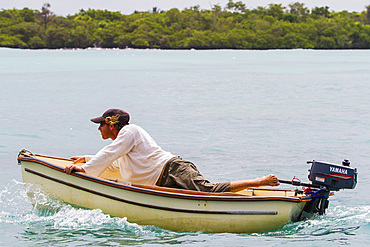
Unusual dinghy driving in the Galapagos Island Archipelago, UNESCO World Heritage Site, Ecuador, South America
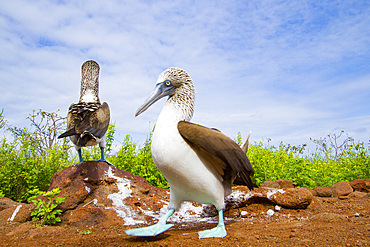
Blue-footed booby (Sula nebouxii) courtship behavior in the Galapagos Island Archipelago, UNESCO World Heritage Site, Ecuador, South America
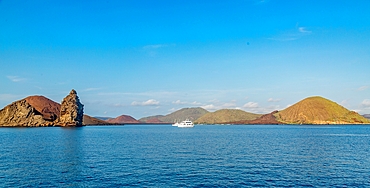
Pinnacle Rock on Bartolome Island in the Galapagos Islands, UNESCO World Heritage Site, Ecuador, South America
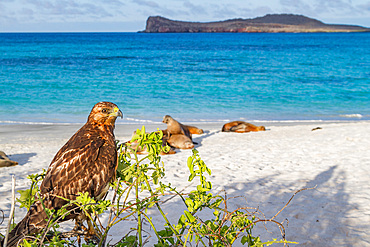
Young Galapagos hawk (Buteo galapagoensis) in the Galapagos Island Archipelago, UNESCO World Heritage Site, Ecuador, South America
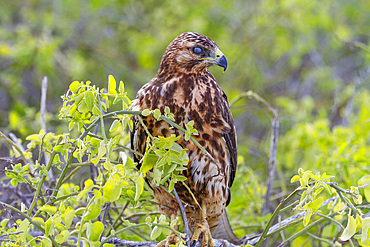
Young Galapagos hawk (Buteo galapagoensis) in the Galapagos Island Archipelago, UNESCO World Heritage Site, Ecuador, South America
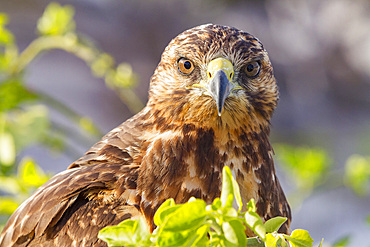
Young Galapagos hawk (Buteo galapagoensis) in the Galapagos Island Archipelago, UNESCO World Heritage Site, Ecuador, South America
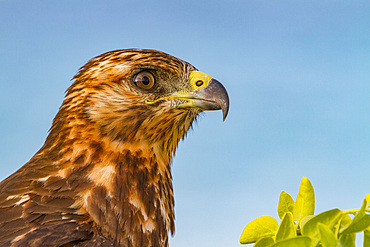
Young Galapagos hawk (Buteo galapagoensis) in the Galapagos Island Archipelago, UNESCO World Heritage Site, Ecuador, South America

Adult Swallow-tailed gull (Creagrus furcatus) on Espanola Island in the Galapagos Island Archipelago, UNESCO World Heritage Site, Ecuador, South America
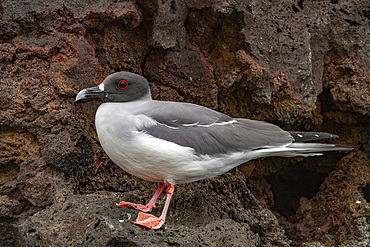
Adult swallow-tailed gull (Creagrus furcatus) on Espanola Island in the Galapagos Island Archipelago, UNESCO World Heritage Site, Ecuador, South America
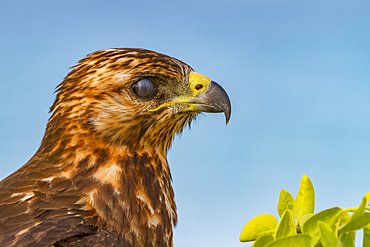
Young Galapagos hawk (Buteo galapagoensis) in the Galapagos Island Archipelago, UNESCO World Heritage Site, Ecuador, South America
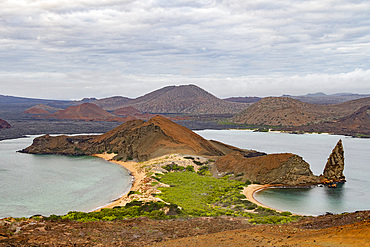
A view of the island of Bartolome in the Galapagos Islands, UNESCO World Heritage Site, Ecuador, South America
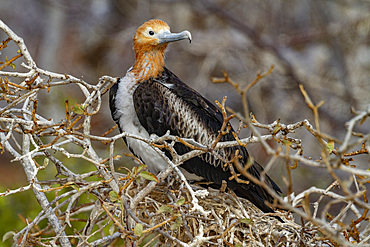
Juvenile great frigatebird (Fregata minor) in the Galapagos Island Archipelago, UNESCO World Heritage Site, Ecuador, South America
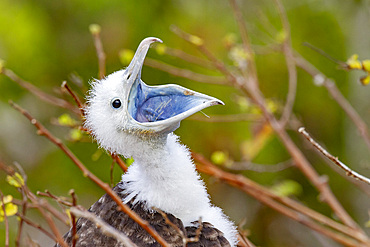
Great frigatebird (Fregata minor) chick in the nest in the Galapagos Island Archipelago, UNESCO World Heritage Site, Ecuador, South America
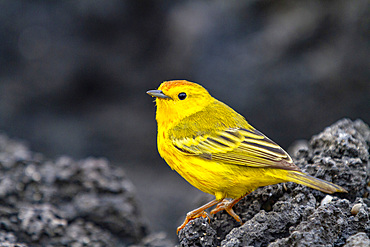
Adult male yellow warbler (Dendroica petechia aureola) in the Galapagos Island Archipelago, UNESCO World Heritage Site, Ecuador, South America
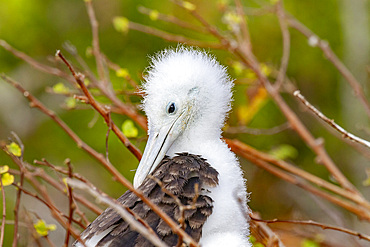
Great frigatebird (Fregata minor) chick in the nest in the Galapagos Island Archipelago, UNESCO World Heritage Site, Ecuador, South America
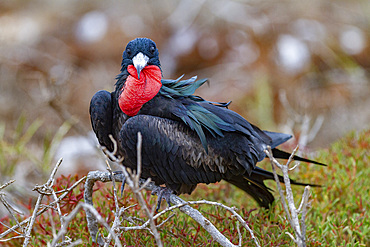
Male great frigatebird (Fregata minor) in breeding plumage in the Galapagos Island Archipelago, UNESCO World Heritage Site, Ecuador, South America
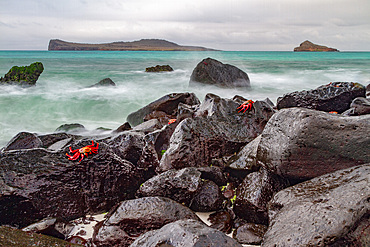
Surf breaking on lava shoreline at Gardner Bay on Espanola Island in the Galapagos Island Archipelago, UNESCO World Heritage Site, Ecuador, South America
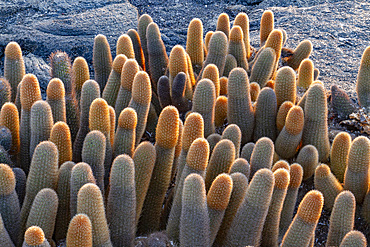
The endemic lava cactus (Brachycereus spp) cactus growing in the Galapagos Island Archipelago, UNESCO World Heritage Site, Ecuador, South America
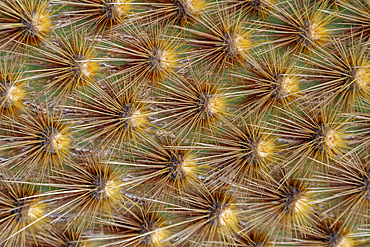
The endemic Opuntia cactus (Opuntia echios) cactus growing in the Galapagos Island Archipelago, UNESCO World Heritage Site, Ecuador, South America
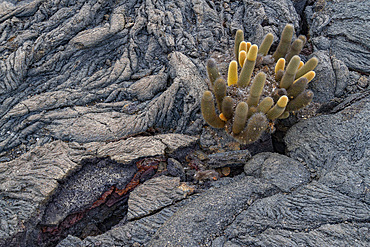
The endemic lava cactus (Brachycereus spp) cactus growing in the Galapagos Island Archipelago, UNESCO World Heritage Site, Ecuador, South America
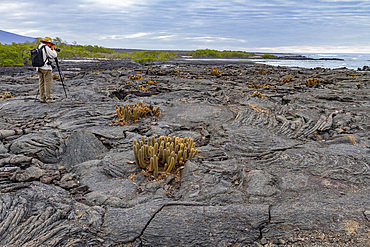
The endemic lava cactus (Brachycereus spp) cactus growing in the Galapagos Island Archipelago, UNESCO World Heritage Site, Ecuador, South America
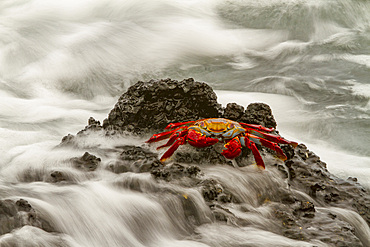
Sally lightfoot crab (Grapsus grapsus) in the littoral of the Galapagos Island Archipelago, UNESCO World Heritage Site, Ecuador, South America
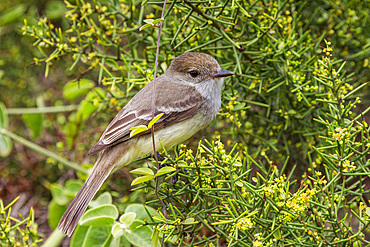
Adult Galapagos flycatcher (Large-billed flycatcher) (Myiarchus magnirostris) in the Galapagos Island Archipelago, UNESCO World Heritage Site, Ecuador, South America

Lava lizard (Microlophus spp) in the Galapagos Island Archipelago, UNESCO World Heritage Site, Ecuador, South America
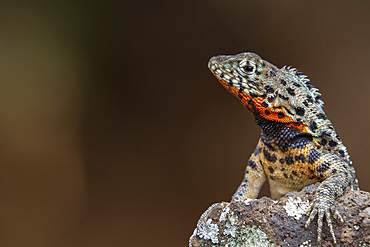
Lava lizard (Microlophus spp) in the Galapagos Island Archipelago, UNESCO World Heritage Site, Ecuador, South America

Sally lightfoot crab (Grapsus grapsus) in the littoral of the Galapagos Island Archipelago, UNESCO World Heritage Site, Ecuador, South America
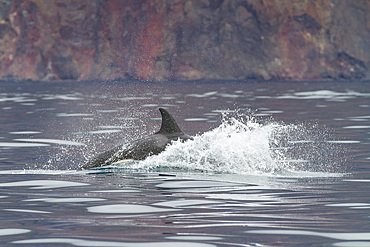
A small pod of killer whales (Orcinus orca) off the west coast of Isabela Island in the Galapagos Island Archipelago, UNESCO World Heritage Site, Ecuador, South America
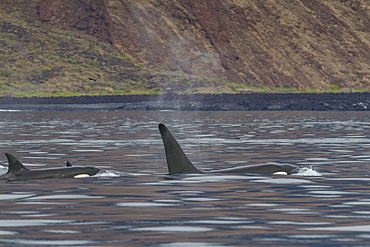
A small pod of killer whales (Orcinus orca) off the west coast of Isabela Island in the Galapagos Island Archipelago, UNESCO World Heritage Site, Ecuador, South America
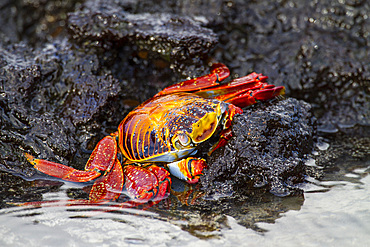
Sally lightfoot crab (Grapsus grapsus) in the littoral of the Galapagos Island Archipelago, UNESCO World Heritage Site, Ecuador, South America
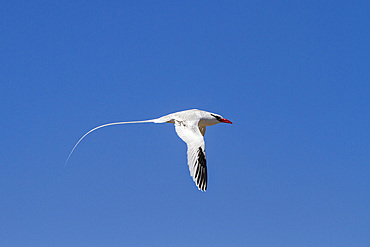
Adult red-billed tropicbird (Phaethon aethereus) in flight in the Galapagos Island Archipelago, UNESCO World Heritage Site, Ecuador, South America
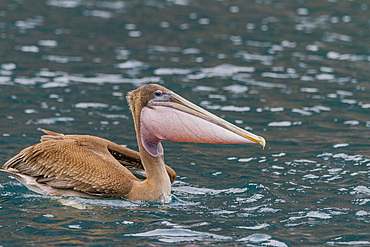
Juvenile Galapagos brown pelican (Pelecanus occidentalis urinator), smallest species of pelican worldwide, feeding in the Galapagos Island Archipelago, UNESCO World Heritage Site, Ecuador, South America
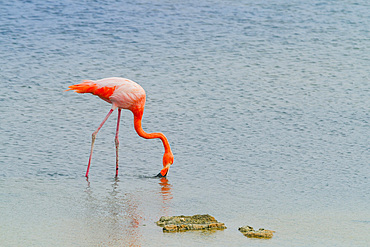
Greater flamingo (Phoenicopterus ruber) foraging for small pink shrimp (Artemia salina) in saltwater lagoon near Cerro Dragon on Espanola Island in the Galapagos Island Archipelago, UNESCO World Heritage Site, Ecuador, South America
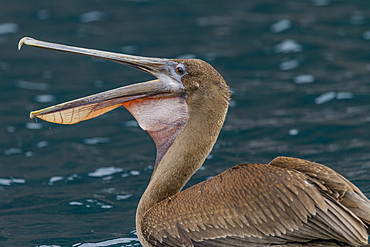
Juvenile Galapagos brown pelican (Pelecanus occidentalis urinator), smallest species of pelican worldwide, feeding in the Galapagos Island Archipelago, UNESCO World Heritage Site, Ecuador, South America
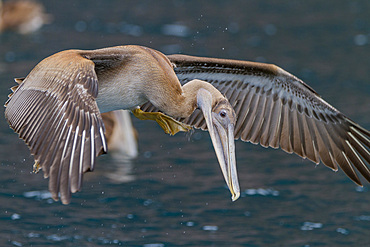
Juvenile Galapagos brown pelican (Pelecanus occidentalis urinator), smallest species of pelican worldwide, feeding in the Galapagos Island Archipelago, UNESCO World Heritage Site, Ecuador, South America
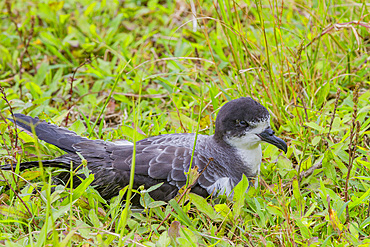
Adult Galapagos Petrel (Pterodroma phaeopygia) (Patapegada) nesting on the upslope grasslands of Santa Cruz Island in the Galapagos Island Archipelago, UNESCO World Heritage Site, Ecuador, South America
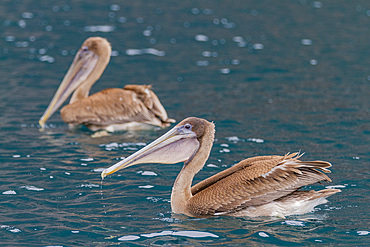
Juvenile Galapagos brown pelican (Pelecanus occidentalis urinator), smallest species of pelican worldwide, feeding in the Galapagos Island Archipelago, UNESCO World Heritage Site, Ecuador, South America
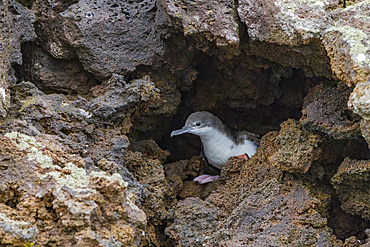
Galapagos shearwater (Puffinus subalaris) nesting in lava nook in the Galapagos Island Archipelago, UNESCO World Heritage Site, Ecuador, South America

Adult blue-footed booby (Sula nebouxii) in the Galapagos Island Archipelago, UNESCO World Heritage Site, Ecuador, South America
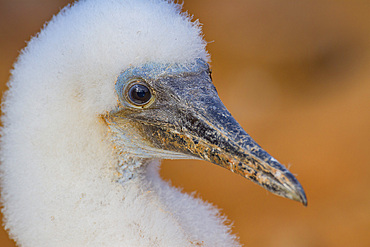
Blue-footed booby (Sula nebouxii) newly hatched chick in the Galapagos Island Archipelago, UNESCO World Heritage Site, Ecuador, South America

Baleen whale skeleton, most likely a young Bryde's whale, on lava flow in the Galapagos Island Archipelago, UNESCO World Heritage Site, Ecuador, South America
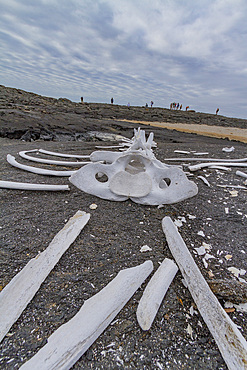
Baleen whale skeleton, most likely a young Bryde's whale, on lava flow in the Galapagos Island Archipelago, UNESCO World Heritage Site, Ecuador, South America
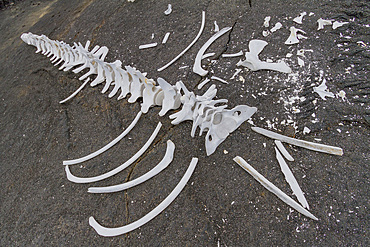
Baleen whale skeleton, most likely a young Bryde's whale, on lava flow in the Galapagos Island Archipelago, UNESCO World Heritage Site, Ecuador, South America
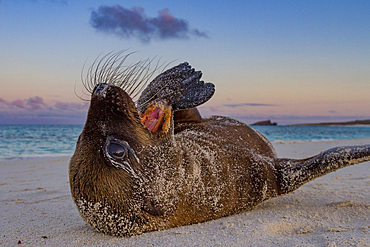
Galapagos sea lion (Zalophus wollebaeki) pup in the Galapagos Island Archipelago, UNESCO World Heritage Site, Ecuador, South America
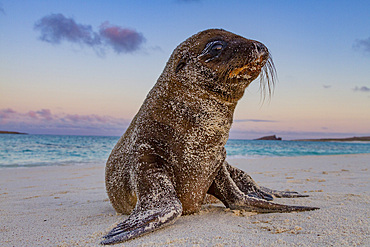
Galapagos sea lion (Zalophus wollebaeki) pup in the Galapagos Island Archipelago, UNESCO World Heritage Site, Ecuador, South America
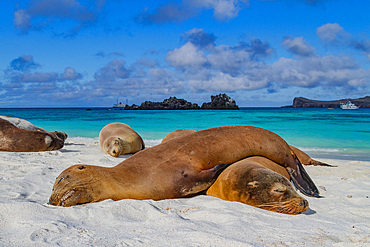
Galapagos sea lions (Zalophus wollebaeki) hauled out on the beach in the Galapagos Island Archipelago, UNESCO World Heritage Site, Ecuador, South America
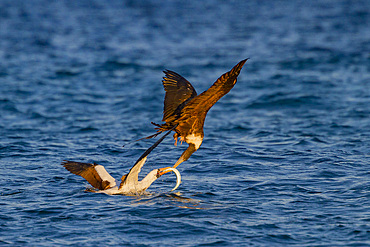
Adult Nazca booby (Sula grantii) feeding on halfbeak, and defending its catch against a frigatebird, in the Galapagos Island Archipelago, UNESCO World Heritage Site, Ecuador, South America
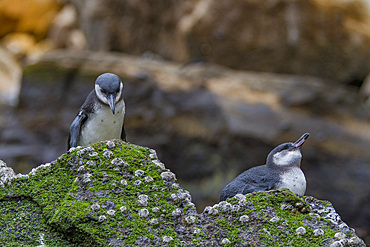
Galapagos penguin (Spheniscus mendiculus) hauled out on Isabela Island in the Galapagos Island Archipelago, UNESCO World Heritage Site, Ecuador, South America
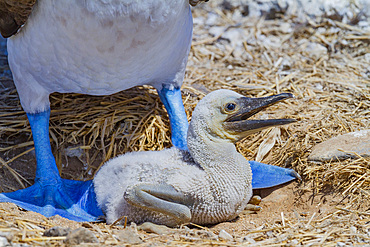
Blue-footed booby (Sula nebouxii) newly hatched chick in the Galapagos Island Archipelago, UNESCO World Heritage Site, Ecuador, South America
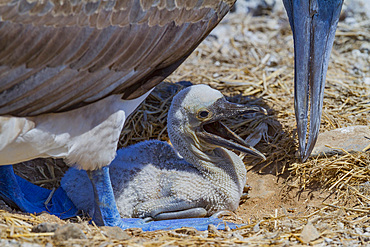
Blue-footed booby (Sula nebouxii) newly hatched chick in the Galapagos Island Archipelago, UNESCO World Heritage Site, Ecuador, South America

Galapagos sea lions (Zalophus wollebaeki) hauled out on the beach in the Galapagos Island Archipelago, UNESCO World Heritage Site, Ecuador, South America
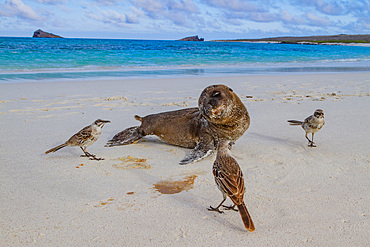
Galapagos sea lion (Zalophus wollebaeki) pup in the Galapagos Island Archipelago, UNESCO World Heritage Site, Ecuador, South America
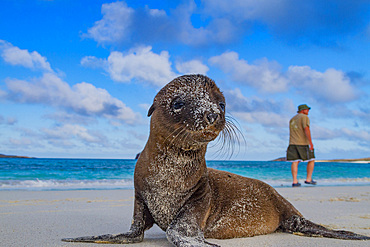
Galapagos sea lion (Zalophus wollebaeki) pup in the Galapagos Island Archipelago, UNESCO World Heritage Site, Ecuador, South America
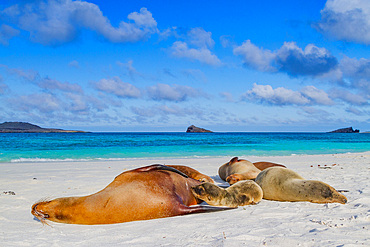
Galapagos sea lion (Zalophus wollebaeki) pup nursing in the Galapagos Island Archipelago, UNESCO World Heritage Site, Ecuador, South America
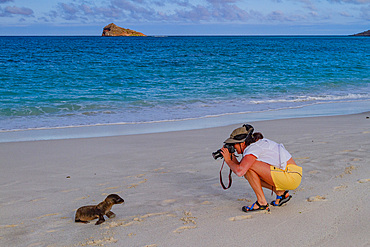
Tourist photographing a Galapagos sea lion (Zalophus wollebaeki) pup in the Galapagos Island Archipelago, UNESCO World Heritage Site, Ecuador, South America
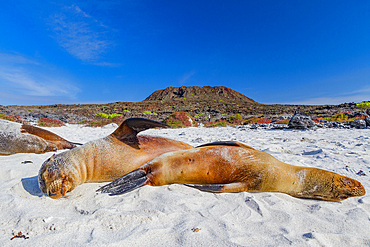
Galapagos sea lions (Zalophus wollebaeki) hauled out on the beach in the Galapagos Island Archipelago, UNESCO World Heritage Site, Ecuador, South America
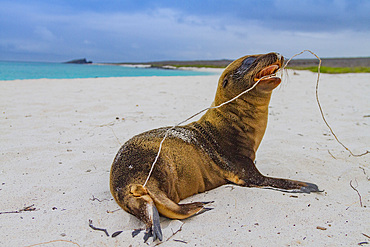
Galapagos sea lion (Zalophus wollebaeki) pup in the Galapagos Island Archipelago, UNESCO World Heritage Site, Ecuador, South America
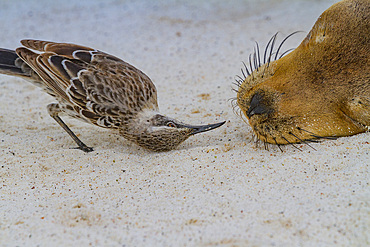
Galapagos sea lion (Zalophus wollebaeki) pup and curious bird, Galapagos Island Archipelago, UNESCO World Heritage Site, Ecuador, South America
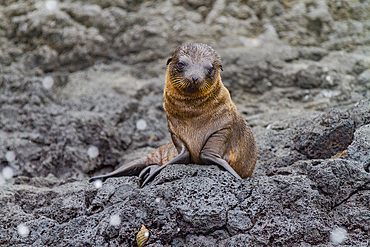
Galapagos sea lion (Zalophus wollebaeki) pup in the Galapagos Island Archipelago, UNESCO World Heritage Site, Ecuador, South America
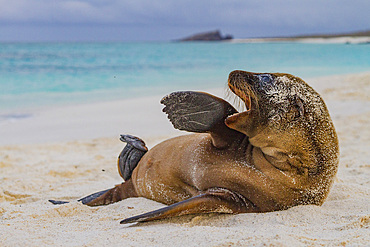
Galapagos sea lion (Zalophus wollebaeki) pup in the Galapagos Island Archipelago, UNESCO World Heritage Site, Ecuador, South America
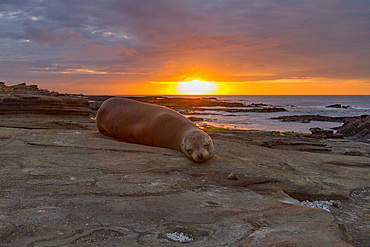
Galapagos sea lion (Zalophus wollebaeki) resting on lava at sunset in the Galapagos Island Archipelago, UNESCO World Heritage Site, Ecuador, South America
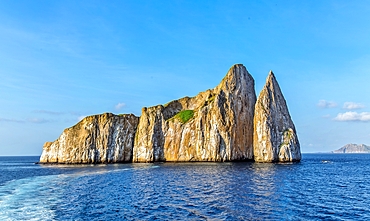
Kicker Rock, a volcanic formation near the island of San Cristobal, a popular spot for snorkelling, Galapagos Islands, UNESCO World Heritage Site, Ecuador, South America
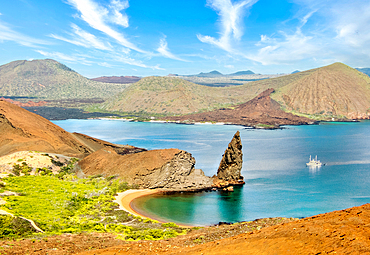
Bartolome Island with Pinnacle Rock, a volcanic plug, to the right, a location in the 2003 film Master and Commander, Galapagos Islands, UNESCO World Heritage Site, Ecuador, South America
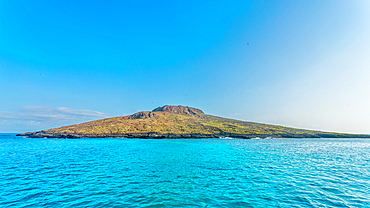
Sombrero Chino (Chinese Hat) Island, just off Santiago Island in the Galapagos, UNESCO World Heritage Site, Ecuador, South America
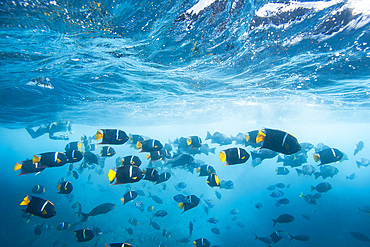
Schooling king angelfish (Holacanthus passer), underwater in the Galapagos Island Archipelago, UNESCO World Heritage Site, Ecuador, South America
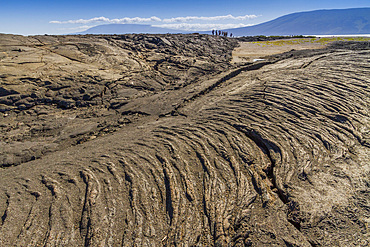
Lava and ash floes in the Galapagos Island Archipelago, UNESCO World Heritage Site, Ecuador, South America
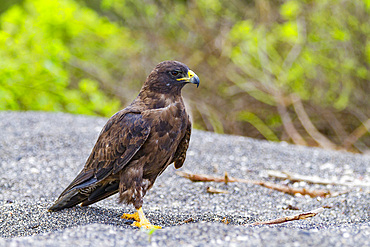
Adult Galapagos hawk (Buteo galapagoensis) in the Galapagos Island Archipelago, UNESCO World Heritage Site, Ecuador, South America
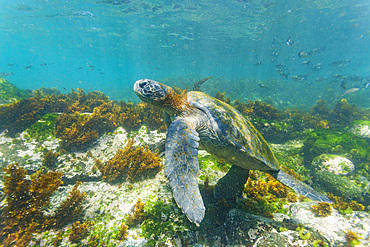
Adult green sea turtle (Chelonia mydas agassizii) underwater in the Galapagos Island Archipelago, UNESCO World Heritage Site, Ecuador, South America

Great frigatebirds (Fregata minor) in flight on Genovesa (Tower) Island, in the Galapagos Island Archipelago, UNESCO World Heritage Site, Ecuador, South America
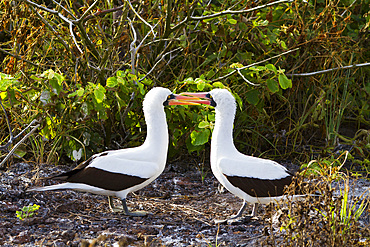
Adult Nazca booby (Sula grantii) courtship behavior in the Galapagos Island Archipelago, UNESCO World Heritage Site, Ecuador, South America
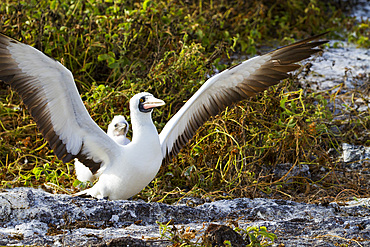
Adult Nazca booby (Sula grantii) with downy chick in the Galapagos Island Archipelago, UNESCO World Heritage Site, Ecuador, South America
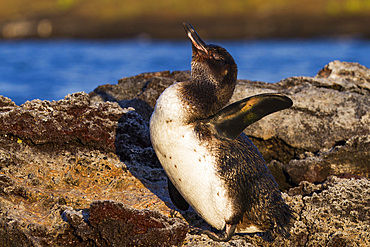
Galapagos penguin (Spheniscus mendiculus) hauled out on lava in the Galapagos Island Archipelago, UNESCO World Heritage Site, Ecuador, South America

Adult red-footed booby (Sula sula) in the Galapagos Island Archipelago, UNESCO World Heritage Site, Ecuador, South America
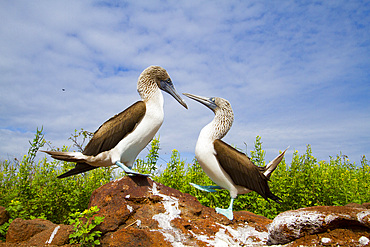
Blue-footed booby (Sula nebouxii) courtship behavior in the Galapagos Island Archipelago, UNESCO World Heritage Site, Ecuador, South America
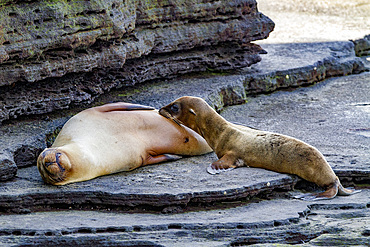
Galapagos sea lion mother nursing pup (Zalophus wollebaeki) in the Galapagos Island Archipelago, UNESCO World Heritage Site, Ecuador, South America

Adult red-footed booby (Sula sula) in flight in the Galapagos Island Archipelago, UNESCO World Heritage Site, Ecuador, South America
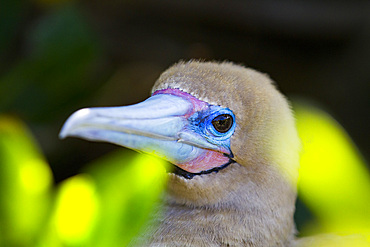
Adult red-footed booby (Sula sula) head detail in the Galapagos Island Archipelago, UNESCO World Heritage Site, Ecuador, South America
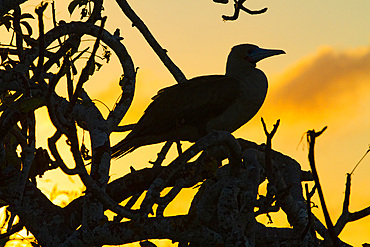
Adult red-footed booby (Sula sula) at sunset in the Galapagos Island Archipelago, UNESCO World Heritage Site, Ecuador, South America

Galapagos sea lion mother nursing pup (Zalophus wollebaeki) in the Galapagos Island Archipelago, UNESCO World Heritage Site, Ecuador, South America
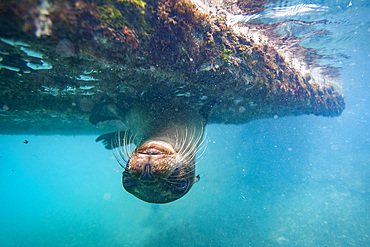
Young Galapagos sea lion (Zalophus wollebaeki) underwater in the Galapagos Island Archipelago, UNESCO World Heritage Site, Ecuador, South America
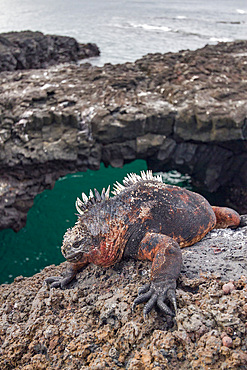
The endemic Galapagos marine iguana (Amblyrhynchus cristatus) in the Galapagos Island Archipelago, UNESCO World Heritage Site, Ecuador, South America
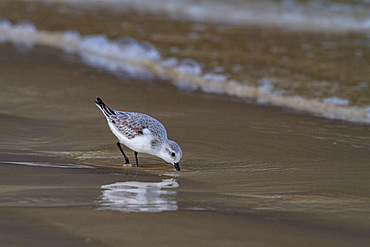
Adult sanderling (Calidris alba) feeding on the tidal flat in the Galapagos Island Archipelago, UNESCO World Heritage Site, Ecuador, South America
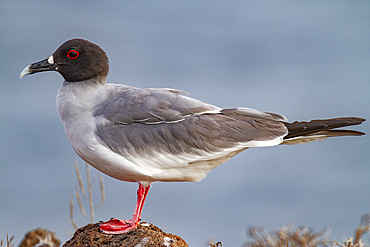
Adult Swallow-tailed gull (Creagrus furcatus) on Espanola Island in the Galapagos Island Archipelago, UNESCO World Heritage Site, Ecuador, South America
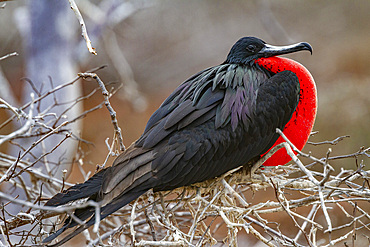
Male great frigatebird (Fregata minor) in breeding plumage in the Galapagos Island Archipelago, UNESCO World Heritage Site, Ecuador, South America
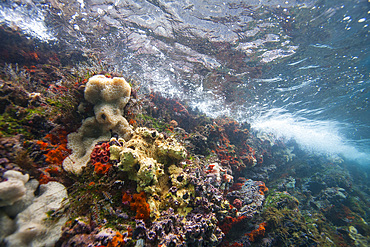
Underwater scenes from the Galapagos Island Archipelago, UNESCO World Heritage Site, Ecuador, South America

Lava lizard (Microlophus spp) in the Galapagos Island Archipelago, UNESCO World Heritage Site, Ecuador, South America
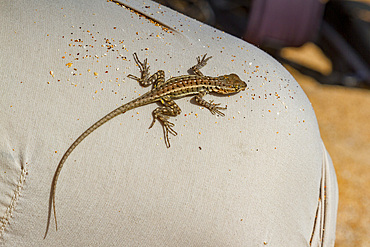
Lava lizard (Microlophus spp) in the Galapagos Island Archipelago, UNESCO World Heritage Site, Ecuador, South America
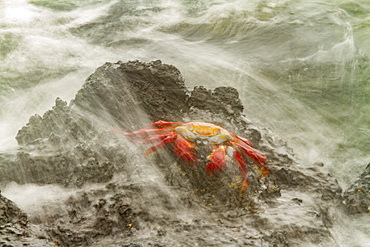
Sally lightfoot crab (Grapsus grapsus) in the littoral of the Galapagos Island Archipelago, UNESCO World Heritage Site, Ecuador, South America
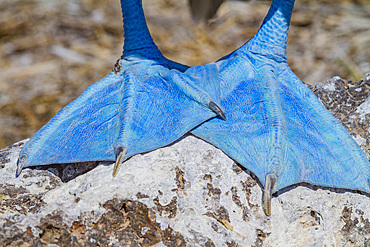
Blue-footed booby (Sula nebouxii) showing blue feet in the Galapagos Island Archipelago, UNESCO World Heritage Site, Ecuador, South America
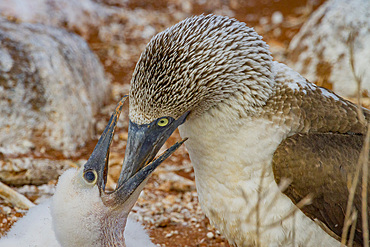
Adult blue-footed booby (Sula nebouxii) feeding chick in the Galapagos Island Archipelago, UNESCO World Heritage Site, Ecuador, South America
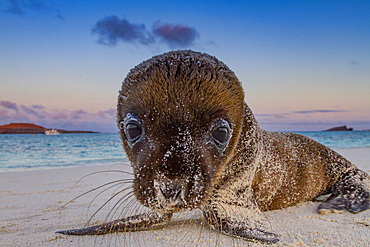
Galapagos sea lion (Zalophus wollebaeki) pup in the Galapagos Island Archipelago, UNESCO World Heritage Site, Ecuador, South America
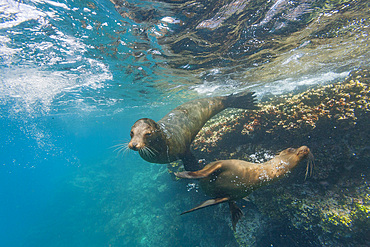
Galapagos sea lion (Zalophus wollebaeki) underwater in the Galapagos Island Archipelago, UNESCO World Heritage Site, Ecuador, South America
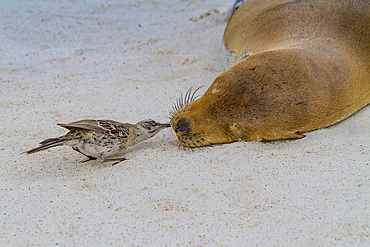
Galapagos sea lion (Zalophus wollebaeki) pup and curious bird, Galapagos Island Archipelago, UNESCO World Heritage Site, Ecuador, South America
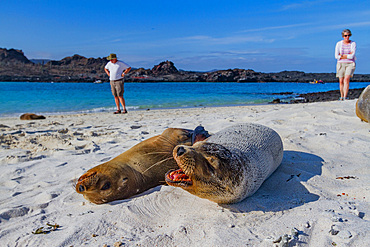
Galapagos sea lions (Zalophus wollebaeki) hauled out on the beach in the Galapagos Island Archipelago, UNESCO World Heritage Site, Ecuador, South America
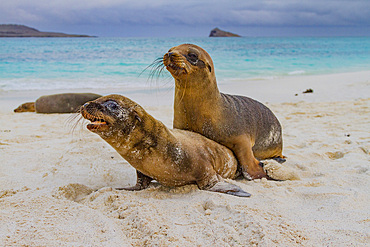
Galapagos sea lion (Zalophus wollebaeki) pup in the Galapagos Island Archipelago, UNESCO World Heritage Site, Ecuador, South America
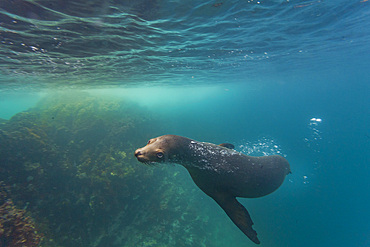
Galapagos sea lion (Zalophus wollebaeki) underwater in the Galapagos Island Archipelago, UNESCO World Heritage Site, Ecuador, South America
